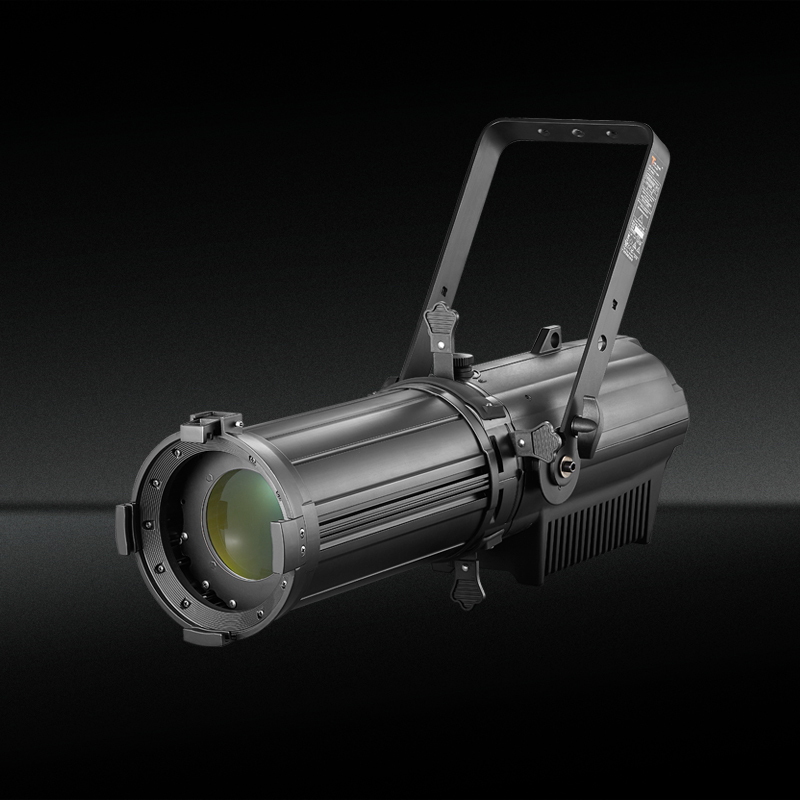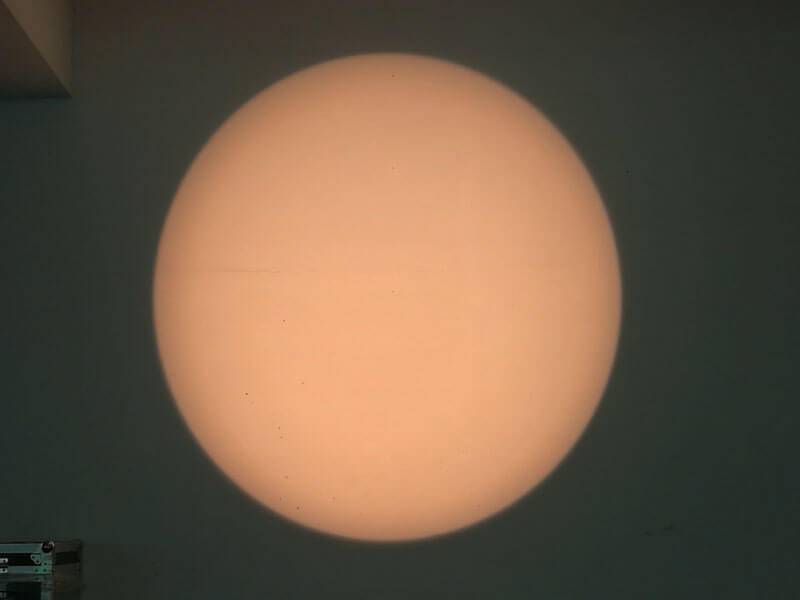

For example, blue is often associated with sadness, and red is associated with intense feelings, like love or aggression. Certain colors are associated with different moods. This could mean a soft, warm glow for a happy scene in a play or dim, cool hues for a sad ballad during a concert. The idea is to match the lighting to the content of the show to encourage the right emotions in the audience. Control the mood: Stage lighting can also have a major effect on the mood.You can also use backlit scrims to create the illusion of a starry night, a sunny day or even a fire. You may use a moving light to make it appear as though the sun is rising, or make the stage go dark as an actor flips a prop light switch in a room. In some instances, this means creating optical illusions with lights. Set the scene: Lighting can also help you create the visual you want in a scene.Then, they can use accenting to guide the audience’s attention to a particular area, like a speaker in the foreground.

In many other instances, the lighting engineer can start with a wash, which covers a wide area and acts as a base layer of light. In the most dramatic instances, the majority of a stage may be dark with just one spotlight shining on a focal point.

In this post, we’ll cover some of the foundations of stage lighting that are helpful for anyone in the live performance space to understand. There’s a lot to learn about stage lighting. It’s used to illuminate a performance venue and make an impact on an event, giving visual direction and shaping the environment.


 0 kommentar(er)
0 kommentar(er)
